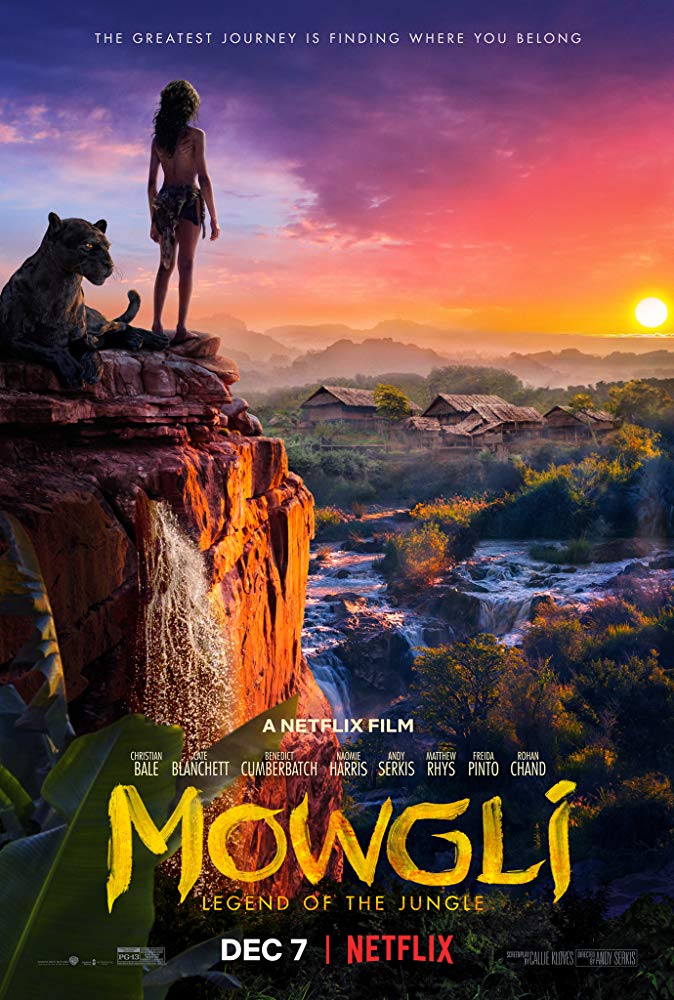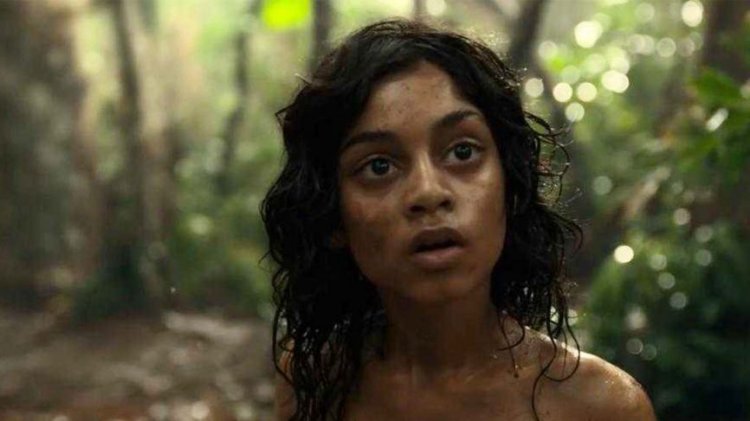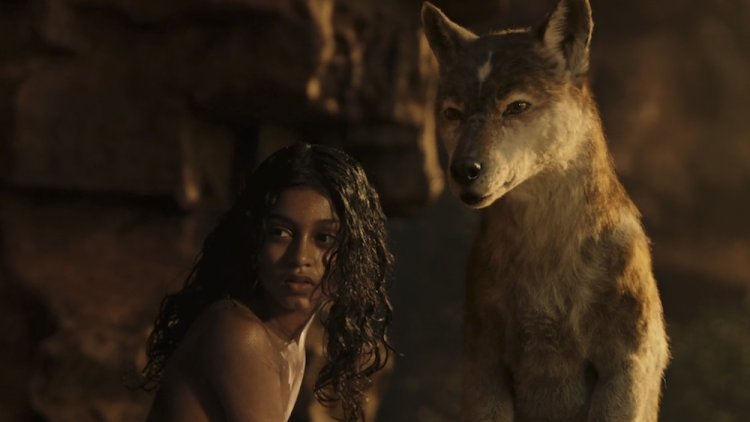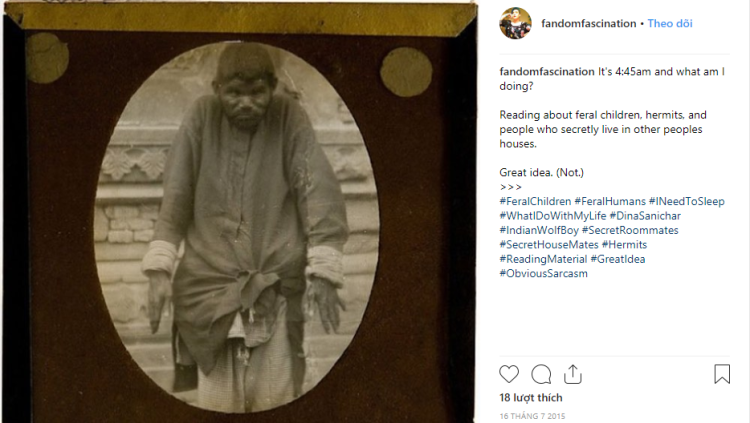Mowgli: Legend of the Jungle: Is Netflix's Movie Based On A Real-Life Mowgli?
Bindhiya Nhi |Dec 09, 2018
Is the movie based on a true story? Here are some amazing facts about 'Mowgli: Legend of the Jungle" that you need to know.
- The Insider’s Guide to Hollywood's Hidden Gems: Beyond the Walk of Fame
- Here's Why China's Movie Ban Might Destroy Hollywood
- Top 10 Best Action Movies On Netflix 2023 (Part 1)
Sir William Henry Sleeman was a British soldier and administration in British India. Though it has been 162 years since Sleeman's death in 1856, he still has a profound influence on modern movies and culture. In 2018, there are two big movies released and surprisingly, Sleeman is credited in both of them. The first one is 'Thugs of Hindostan' about the Thuggee (released in November 2018), which was directed by Vijay Krishna Acharya.
Sleeman is best known for his work suppressing the Thuggee secret society, a gang of professional robbers and murderers in India before the country achieved its independence. Moreover, he also became the earliest discoverer of dinosaur fossils in Asia in 1828. He sent the specimens to London, and later it was named as Titanosaurus Indicus by Richard Lydekker.
The second movie that had taken inspiration from Sleeman was 'Mowgli: The Legend of the Jungle'. The father of the character Mowgli in "The Jungle Book" (1984) was Rudyard Kipling. People said that the author had inspired from Sleeman's notes to create this classic character.
However, the true story of the jungle boy was not as same as what we had read from all the children books and cartoons. In 1858, Sleeman published a note called 'Journey through the kingdom of Oude in 1848-1850'. Shockingly, there was not only one case but there was a total of six feral children. At that time, he received a report came from Seoni that some villagers had been disappeared. After a careful observation, he found out that the area was the home of a pack of wolves. The wolves came to the village and took away young children. Despite the fact that most of the children became the food for the pack, some of them still survive. It might be because the dangerous animals took care of them, and the mysterious case later became the basis of the Mowgli's story.
Is The Movie Based On The Notes Of Sleeman?
The 2018 Netflix's movie about Mowgli is based on the works of Rudyard Kipling. 'Mowgli: Legend of the Jungle" took the materials from 'The Jungle Book' (which is a part of 'All The Mowgli Stories') written by Kipling. We all know that the author did not imagine all the characters or events in his book. In his 1985's letter, Kipling revealed that he might find his inspiration to write 'The Jungle Book' from a variety of sources. In the memoir called 'Something of Myself', Kipling added that besides the South Africa that he got a chance to meet and then later put them into the book, he was also inspired from 'Nada the Lily' by H Rider Haggard. In Haggard's novel, there was also a friendship between a human and a wolf.
Moreover, it was understandable when many people thought that Kipling may also take inspiration from the notes of Sleeman about the feral children. The similarities points and characters from both Sleeman's notes and Kipling's work are obvious. The father of Mowgli might read the famous 'Journey through the kingdom of Oude in 1848-1850' and then got some materials to build up his own world.
The Real Cases Of The Feral Children
Mostly the cases written in Sleeman's notes were the same: When the parents were busy working and gave no attention to the children, a she-wolf would come and took their children away. Despite the fact that the children might be a prey to the wolves some of them still survive miraculously. They became a part of the pack and the she-wolf would raise them like a true mother. Sleeman described that the children ran on all fours to the caves, and the other wolves in the pack treated them like real fellow wolves, not as human anymore.
People took one wolf boy back to the human environment to take care of him. Surprisingly, the wolf siblings in his pack did not even forget him. The wolves still found a way to come to his place and played with the boy. Three months later, the boy ran away from the human camp to the jungle. He never came back, as same as his wolf siblings.
However, there were also unlucky cases. People tried to help the children act normal and lived in the usual way as a real human did. Despite the efforts, the feral children could not adapt to the environment. One of the boys only ate raw meat. He could not speak the human language also. He would not let human to come to him, but he could easily be around with dogs and jackals. He played with them and shared his food with the animals. Three years later, he died because he could never live like a normal person.
The children ran on their hands and legs, which made their elbow and knees harder than normal people. According to Sleeman's notes, these feral children only communicate by growling or groaning like wolves. They could not eat cooked meat and only preferred it raw. Though not all of them could not live until their adulthood, there was one who was alive. His name was Dina Sanichar, the exception when it came to the feral children cases.
Dina Sanichar - 'The Real-life Mowgli'?
In 1872, a group of hunters went deep into the northern Indian jungle of Uttar Pradesh. They found a pack of wolves running through the jungle, followed by a small child who was running on all fours. They were totally bewildered by the scene. Later, they killed the wolves and caught the boy. The hunters brought him to the Sikandra Orphanage in Agra. Because he came to the orphanage on a Saturday, he was called Dina Sanichar ( Sanichar mean 'Saturday' in the Hindi language) Though many wolf children in the same case could not live long, Sanichar was different. He lived until he was nearly 30 years old and later died because of Tuberculosis. People tried to teach him to live as a normal human by feeding him cooked food and made him wear clothes. However, Sanichar could not communicate with any of them. In fact, he could not even speak a word. There was only one time that Sanichar tried to interact with someone, and that was with another feral boy in the orphanage.
It is said that Dina Sanichar was the real-life Mowgli, someone from which Rudyard Kipling took inspiration to write 'The Jungle Book'. However, we could never know the truth since Kipling himself had never mentioned Sanichar's case. Despite that fact, Sanichar and other feral children were still such important cases for people to study more about the ability to survive of a young human. They compared the feral children's cases to normal children's cases to find out whether there was a difference in their way of learning essential skills. After all, what does it really mean to be called 'a true human'? Does one need to be raised by a human or anything else?
'Mowgli: Legend of the Jungle' is expected to give some of the answers to these questions. If not, the movie should at least provide a better point of view for the audiences about the jungle life and the miraculous survival skill of a human. The trailer of Netflix's latest movie is below:
- Tag










Comments
Sort by Newest | Popular